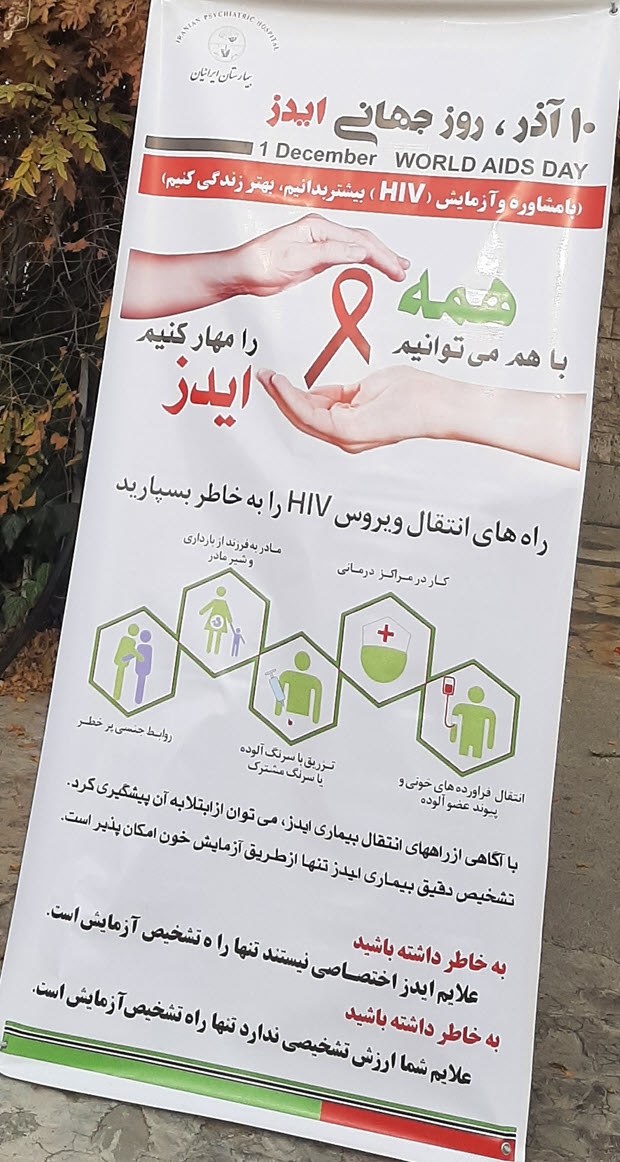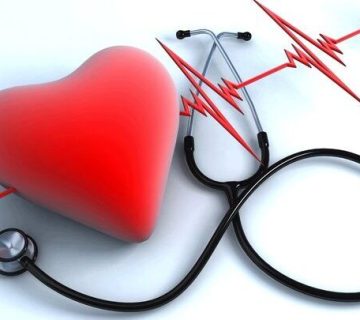
HIV is an infectious disease that most people know as AIDS, while AIDS is just the final stage of HIV disease. If a person receives timely and proper care and treatment, it may not occur throughout their life. Since HIV is an infectious disease, it is better to become familiar with the human immune system first.
Familiarity with the immune system
In our bodies, there is an immune system whose duty is to protect the body against any foreign agent that enters the human body. White blood cells are one of the main components of the immune system.

Familiarity with Infectious Diseases:
Infectious diseases are illnesses that occur due to the entry of a pathogen into the body.
The pathogen enters the body and causes discomfort in a part of the body. The immune system also starts to act against this enemy. This battle between the pathogen and the body’s defense soldiers creates symptoms that help us diagnose the disease. So if we want to identify any infectious disease, we need to know what causes the disease, how the pathogen enters the body, and what happens after entering the body.
What is the Infectious Agent of HIV?
The infectious agent that causes HIV disease is a type of virus called HIV (Human Immunodeficiency Virus), a living cell in which the HIV virus survives is a white blood cell.
White blood cells exist in the blood and body secretions and perish shortly outside the body. Therefore, the HIV virus also perishes shortly outside the body. Heat, alcohol, and disinfectants (such as bleach) can easily destroy the virus.

Transmission Routes of HIV
As mentioned, the destination of the HIV virus in the body is white blood cells; therefore, the virus undoubtedly enters the body through a route that can access white blood cells. Since the virus only survives inside living white blood cells, it is transmitted only through a route where white blood cells are transferred. White blood cells exist only in the blood and body secretions, so the virus can only enter through a route where the virus content in blood or body secretions enters the blood or mucous membranes of another person. Thus, the HIV virus can enter the human body through the following three main routes:
1. Injection of blood and blood products
2. Sexual contact
3. From an infected mother to her child


Routes through which HIV is not transmitted:
Since the HIV virus can only continue its life in white blood cells, it is only transmitted through routes where white blood cells are transferred.
White blood cells exist only in blood and sexual secretions, so just as microbes causing diarrheal diseases are not transmitted through the respiratory route, the HIV virus is not transmitted through the following common contacts.
Working with each other and communal living, including social interactions or daily contact with infected individuals such as traveling together, attending classes together, sitting next to each other in social settings like riding buses and taxis, and using public telephones. Eating, drinking, or using utensils, cups, and tableware. Tears and saliva, airborne transmission (sneezing and coughing), using shared sanitary facilities such as bathrooms, toilets, and communal pools.


Symptoms of HIV Infection
In infectious diseases, when a microbe enters the body and causes discomfort in a part of the body, the immune system begins to fight against the microbe to defend the body. This discomfort or immune response causes symptoms to develop.


Although not all symptoms of infectious diseases are related to the destruction of the body by the microbe. When a microbe enters the body, the immune system identifies it as an enemy and engages in a battle to eliminate it. It’s like the army of a country going to war against its enemy. The immune system secretes substances to combat the microbes, which in turn cause symptoms to occur. For example, in a cold, the immune system secretes a substance called histamine, which causes nasal congestion, etc.

The HIV virus replaces itself in white blood cells and grows and replicates using the resources of the white blood cell. Thus, as long as the white blood cell has sufficient capability while performing its duties in defending the body, it provides the necessary resources for the HIV virus to survive and replicate. In these circumstances, there are no symptoms.

If, for any reason, the number of viruses increases, the white blood cells are forced to dedicate all their resources to nourishing the virus, leading to a decrease in their performance and gradually being unable to defend the body properly against other microbes.

As the number of viruses increases, white blood cells are forced to dedicate all their resources to nourishing the virus and no longer have the strength to perform their duties. As mentioned, the duty of white blood cells is to combat microbes. When white blood cells lack strength, the body cannot react to any other microbe, and that microbe can cause severe infections. This stage is referred to as “AIDS”. Therefore, AIDS is when, due to HIV infection, white blood cells lose their ability to cope with other microbes, and the body becomes defenseless against other disease-causing agents. The symptom observed is a sign of other microbes. However, if the person receives care and treatment, this may never happen.
Since the time of entry of the HIV virus into the human body, the following three stages exist:



Treatment of HIV Disease:
So far, there is no effective drug that can completely eliminate the virus. However, there are appropriate drugs that can greatly reduce the number of viruses in the blood and secretions and prevent the onset of AIDS symptoms. Alongside these drugs, the individual must undergo treatment to eliminate factors that weaken the immune system. Continuous care for individuals with HIV and timely treatment of infections and other diseases can significantly delay the progression of the disease.
Prevention of HIV Infection
Like all infectious diseases, one of the preventive methods is to prevent the virus from entering the individual’s body. Using disposable syringes for injection and condoms in sexual relationships can be the main ways to prevent the transmission of the disease. But as mentioned, another important method of preventing HIV infection is treating infected individuals. Medication reduces the virus in the blood and secretions, so even if accidental contact occurs with the blood and secretions of these individuals, there is no virus for transmission. Although HIV is not specific to a particular group, it is obvious that anyone who deals more with blood and sexual secretions is more likely to be in contact with the virus and become infected.
People at higher risk of infection include:
- Those who inject with shared needles and syringes.
- Those who engage in sexual intercourse without using a condom, especially if it’s with individuals who are more likely to be infected.
- If a person has a sexually transmitted disease, they are more likely to become infected with HIV through sexual relationships.
- Newborns of mothers infected with HIV may also become infected if the mother is not under treatment.
Therefore, any action that prevents contact with the blood and sexual secretions of others can reduce the risk of HIV infection.
So:
- Individuals in sexual relationships should use condoms, especially if the sexual relationships are with individuals who are more likely to be infected.
- If a person has a sexually transmitted disease, they should seek treatment promptly.
- Timely treatment of pregnant mothers can prevent their children from being infected. Therefore, pregnant mothers should be tested for HIV, and if they are infected, they should be treated and not breastfeed their infants.
Stay happy and healthy.
Prepared and edited by: (Samira Boroujerdi) Infection Control Supervisor (Azam Bagheri) Educational Supervisor – Fall 2022


